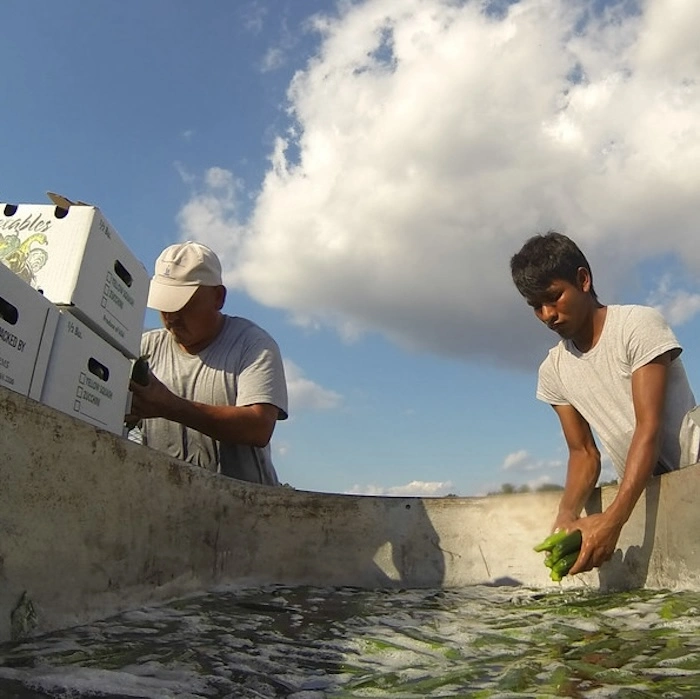Immigrants represent an essential part of the US economy. To underscore this point, the Joint Economic Committee issued a report detailing the financial effects of recent increased immigration on the United States economy. The title of the report is aptly named “Immigrants Are Vital To The US Economy.” The report begins with a brief statement on how the effects of the Covid 19 pandemic influenced the way we view recent and new immigrants to the US. During the 2020 pandemic lockdowns, immigrant workers accounted for a greater proportion of “essential” jobs. Immigrants played a key role in maintaining the economy and reduced the chance of a recession. During testimony on Capitol Hill, Fed Chair Jerome Powell acknowledged the economic contribution from recent immigration while the US continues to recover from the effects of the pandemic and record high inflation. Given the intense political debate over immigration, one must take into account both positive and negative aspects. The negative effects are real and tangible. Most people tend to agree that current immigration policies need to be addressed and revised. Certainly there should be better vetting and improved routes of entry into the United States. Of the many risky routes of travel, the Darien gap is perhaps one of the most notorious and dangerous. The perilous journey through Panama is a major political issue both domestically and internationally. The president of Panama, José Raúl Mulino, has promised to shut down the Darien gap, an issue he called “a humanitarian and environmental crisis.” In response, US homeland security secretary Alejandro Mayorkas signed an agreement with Panama to fund the cost of repatriating illegal migrants in Panama. The plan is to discourage illegal immigration via the Central American country. Other neighboring countries (such as Costa Rica) are also seeking financial assistance from the US to reduce illegal immigration. A six month pilot program has been suggested as a way to expedite refugee processing while exploring labor options for asylum seekers. The use of US funds to further cope with current immigration issues should not be expected to be popular, even if it’s the best option for right now.

Some of the key facts outlined by the Joint Economic Committee :
KEY FACTS:
* One-in-seven of the total U.S. population is foreign-born (46 million people).
* More than one-in-six workers in the United States are foreign-born (28 million workers).
* Almost half (48 percent) of the foreign-born labor force is Latino; one-quarter (25
percent) is Asian; 10 percent is Black and 16 percent is White.
* Foreign-born workers are overrepresented in key occupations in the field of health,
accounting for 38 percent of home health aides, 29 percent of physicians and 23 percent of pharmacists.
* Immigrants make up 22 percent of all workers in the U.S. food supply chain, even though they comprise only 18 percent of the labor force.
* Primarily as a result of the coronavirus recession, the number of employed foreign-born workers dropped from about 28 million in February to 22 million in April 2020. The level recovered to approximately 26 million one year later in February 2021.
* About three-fourths of undocumented immigrants in the labor force are classified as essential.
* Immigrants start approximately 25 percent of new firms in the United States.
* The number of immigrant-owned businesses fell by 36 percent during the onset of the COVID-19 outbreak, compared to an 18 percent decline in native-born business ownership.
Source: Joint Economic Committee
“Immigrants Are Vital to the U.S. Economy”https://www.jec.senate.gov/public/_cache/files/6750b0f0-c851-4fee-9619-295582fd44e8/immigrants-are-vital-to-the-us-economy-final.pdf
